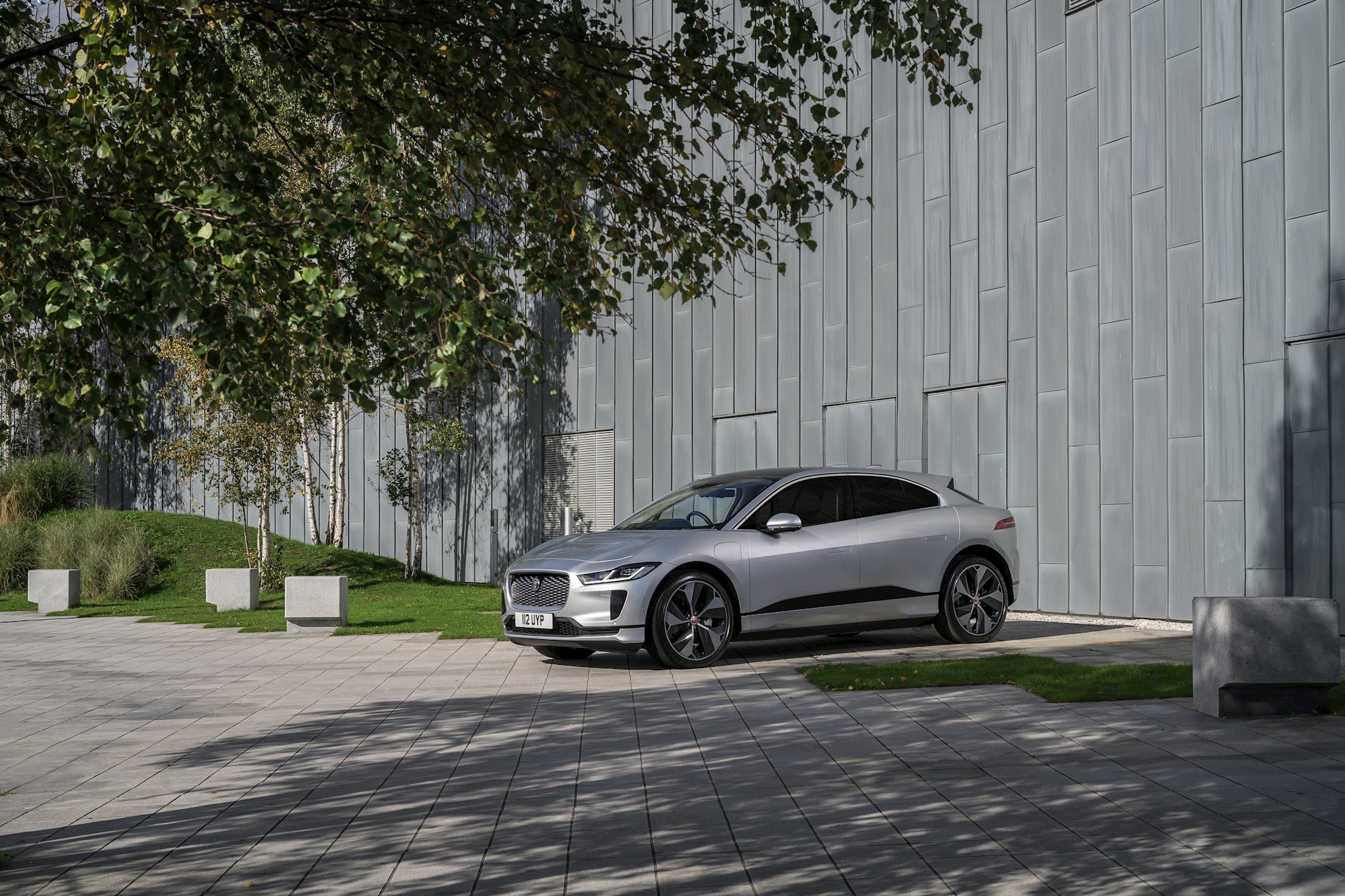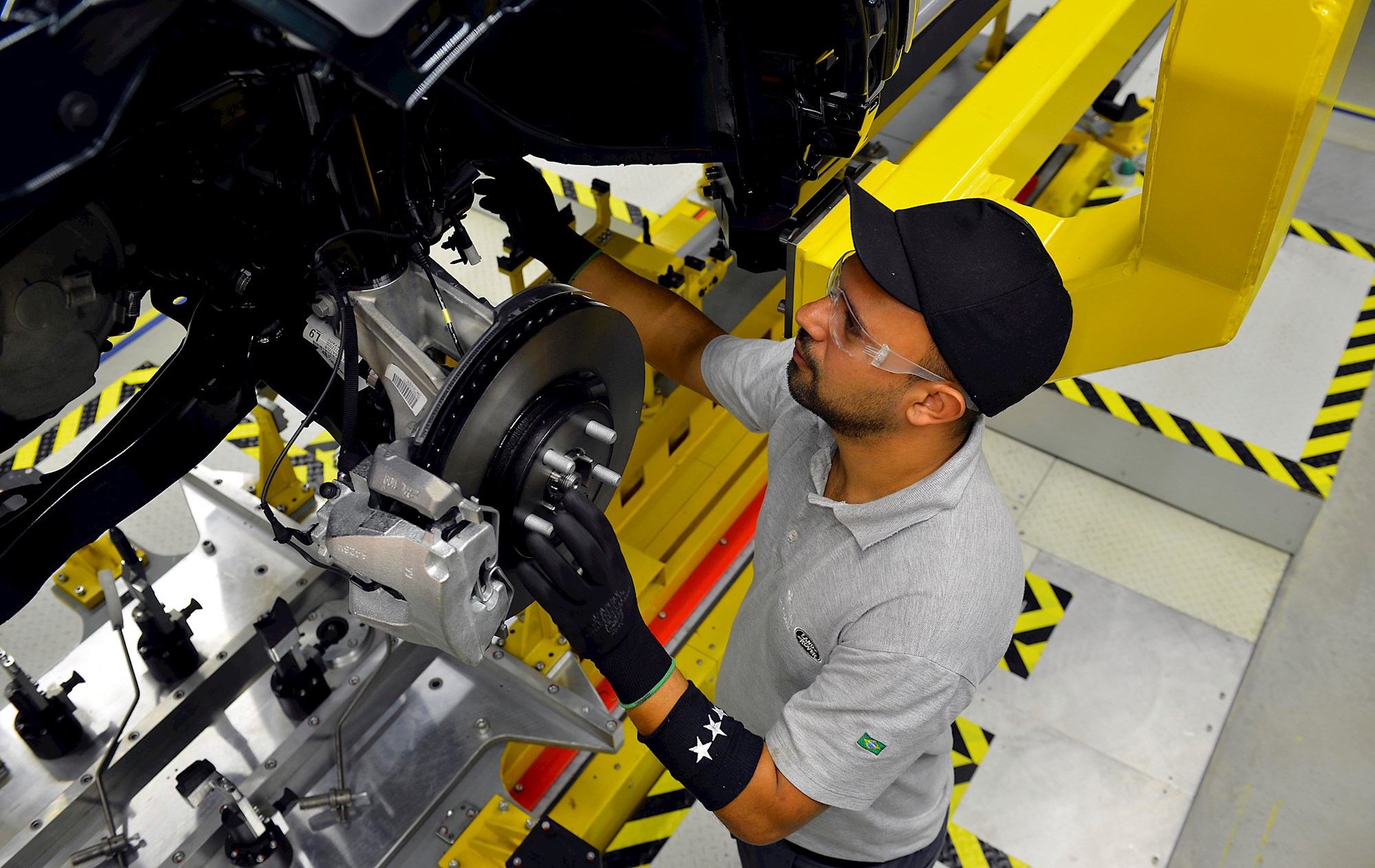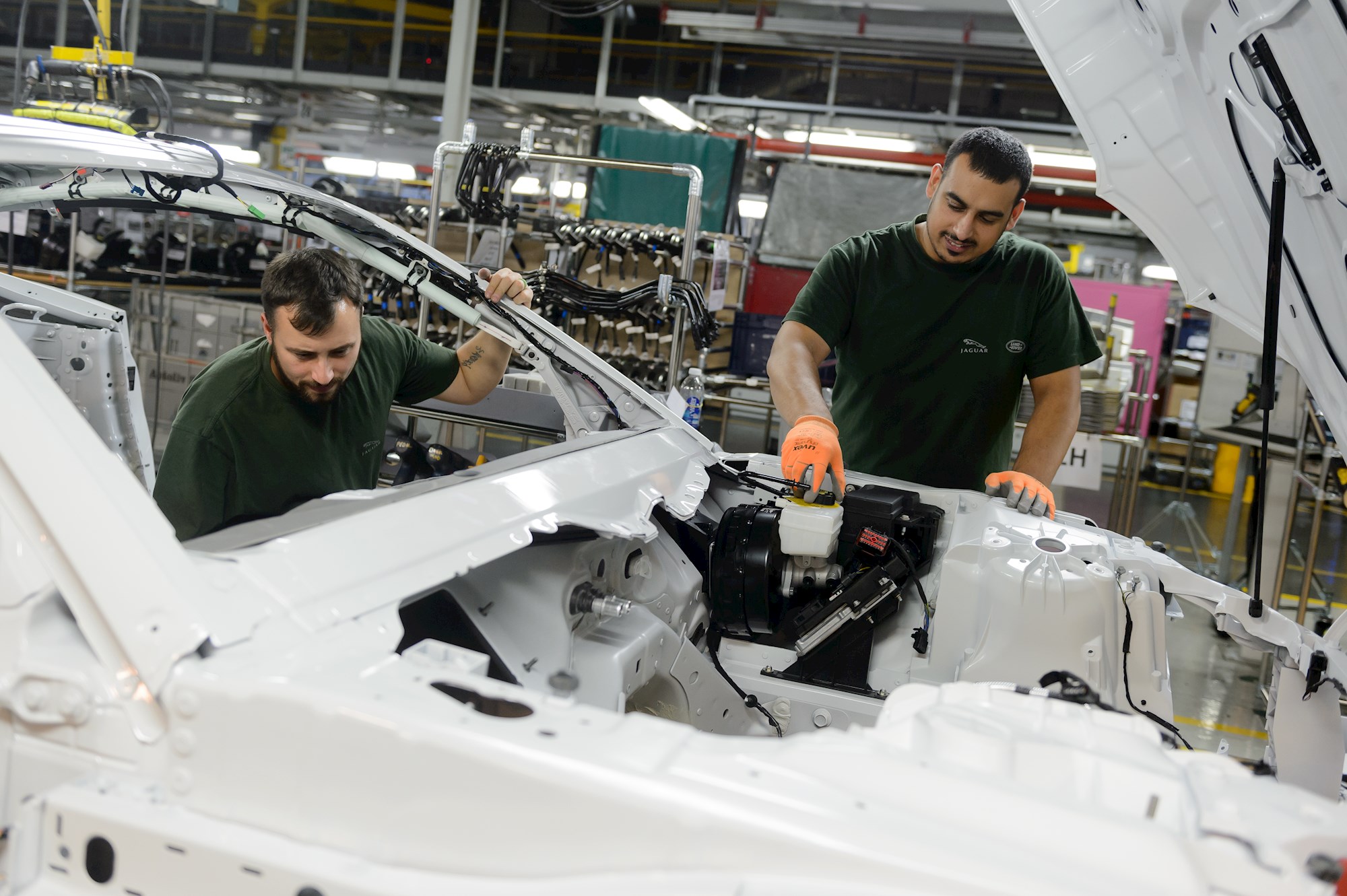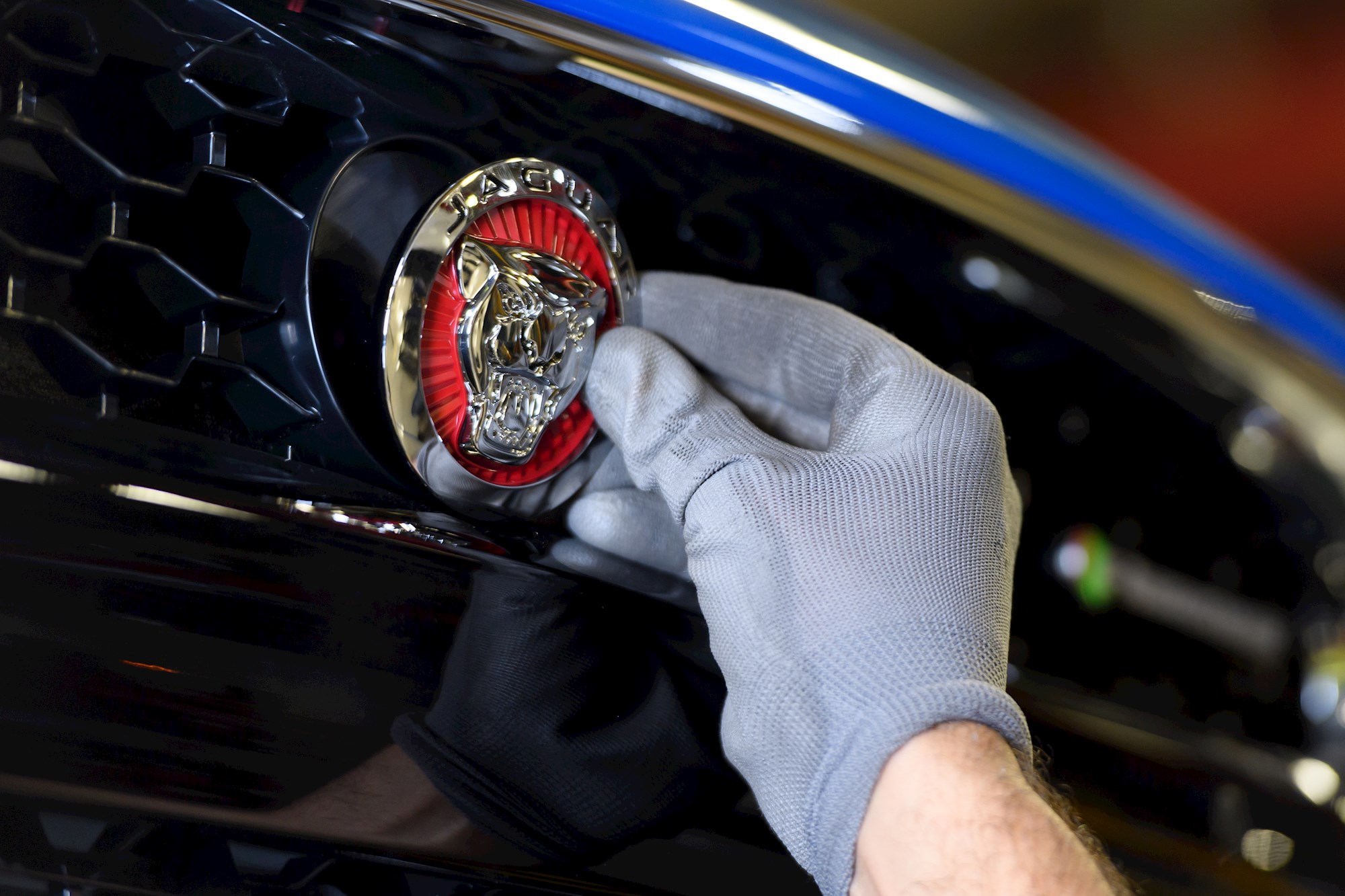Steve Kenchington, CEO of Jaguar Land Rover New Zealand, explains why we’re not out of the woods yet when it comes to supply chain challenges in the automotive industry.
Supply chain challenges have impacted the distribution of goods for nearly every industry over the past few years – and the automotive sector is no exception.

Under enormous pressure to meet consumer demand, which is still in catch-up mode from delays that started in 2020, challenges are amounting to automotive manufacturers around the world temporarily closing down production lines. Despite our best efforts, external challenges are still holding the automotive industry back from its full potential.
So, what’s causing the pinch? And when can we expect to find calm after the supply storm?
A myriad of factors are contributing to the slowdown of supply in automotive, but the origins of these challenges can be traced back to (you guessed it) the pandemic.
In 2020, when the world was thrust into unexpected lockdown, factories temporarily halted or limited production so staff could work safely, and international borders were closed or restricted, meaning imports were limited to essentials, culminating in a perfect supply chain storm.
But that was just the catalyst. Since then, we’ve experienced compounding factors that have exacerbated the challenges and put increased pressure on manufacturers.

For example, geopolitical challenges, like the crisis in Ukraine, have caused a significant jolt to automotive supply lines in Europe. Manufacturing and assembly operations in Ukraine supply essential components to brands across Europe – most of which have been closed down as a result of the ongoing conflict.
Industry supply challenges can also be boiled down to the wildly unlucky. The industry is facing a semiconductor shortage. Semiconductors (also known as microchips) are small, electrical components that help power vehicles. While the pandemic is a contributing factor to the shortage, major semiconductor plants in Japan and America were each closed down by a fire and a storm, impacting global supply.
On top of this, ports around the world are struggling to keep up with demand, further amplified by major strikes in Liverpool and Felixstowe. Hundreds of dock workers are fighting for fairer pay in a strike that is lasting weeks, further disrupting the UK’s already pressured supply chain.
Increased air freight isn’t necessarily a simple solution, either. New Zealand is at the mercy of the number of carriers flying to the country and while we’re seeing an increase in flights, this is largely due to an increase in public travel rather than an uptick in space for the transport of goods.

Not only are there delays in the UK and no major increase in freight availability worldwide, but New Zealand is seeing even further delays once freight reaches Asia. There is reluctancy to ship further south, which is largely due to demand in America and China growing rapidly post-Covid, and we simply can’t compete with the scale of those markets.
All this is taking place in a period of unprecedented transformation for the automotive industry. With manufacturers around the world making commitments to going all-electric, the sector hasn’t seen this level of transformation since motor vehicles first hit our roads. This means we’re facing supply challenges at a time when most brands are diversifying their product output and needing more vehicle components than ever before.
Unfortunately, there’s no silver bullet for these challenges. Industry insiders, myself included, anticipate supply chain challenges to continue well into 2023.
The luxury vehicle sector will likely see the impacts of these changes even longer too. Luxury vehicles typically have more components, all of which require distribution and shipping. And the sheer volume of vehicles mainstream manufacturers produce provides them with a competitive advantage in securing supply agreements with component manufacturers.

To put things into perspective, as mentioned we all know about the global semiconductor shortage that has also impacted our industry over the last couple of years. Well, a standard Jaguar Land Rover vehicle has approximately 1,500 semiconductors, with our EVs reaching up to 3,000. Combine that with the increase in EV sales, and it’s easy to understand the additional strains on supply chain in already pressured environment.
What’s more, the sale of white a brown goods, including mobile devices and laptops saw a significant increase in demand during Covid, placing further pressures on supply of semiconductors and other materials used in both small appliances and automotive vehicles.
All of these factors have compounded over time as we have experienced the impact of a global pandemic and how it effects a broad range of the industries involved in manufacturing vehicles.
Our goal for 2023 is to minimise the delays and do our best to meet consumer demand in New Zealand. We’re in close communication with Jaguar Land Rover shipping agents and have started to hear whispers of shipping congestion easing.
It’s certainly been a challenging few years for the automotive industry. But despite facing new and unexpected challenges, the industry outlook is positive. Globally, the industry registered a 5.3% increase in sales in 2021, with 81 million units sold. It’s expected that sales will show continued increases YoY.
While we don’t have confirmation on exactly when we can expect to be out of the supply storm, the industry as a whole has positive projections for the future. The good news is, there is light at the end of the tunnel.








